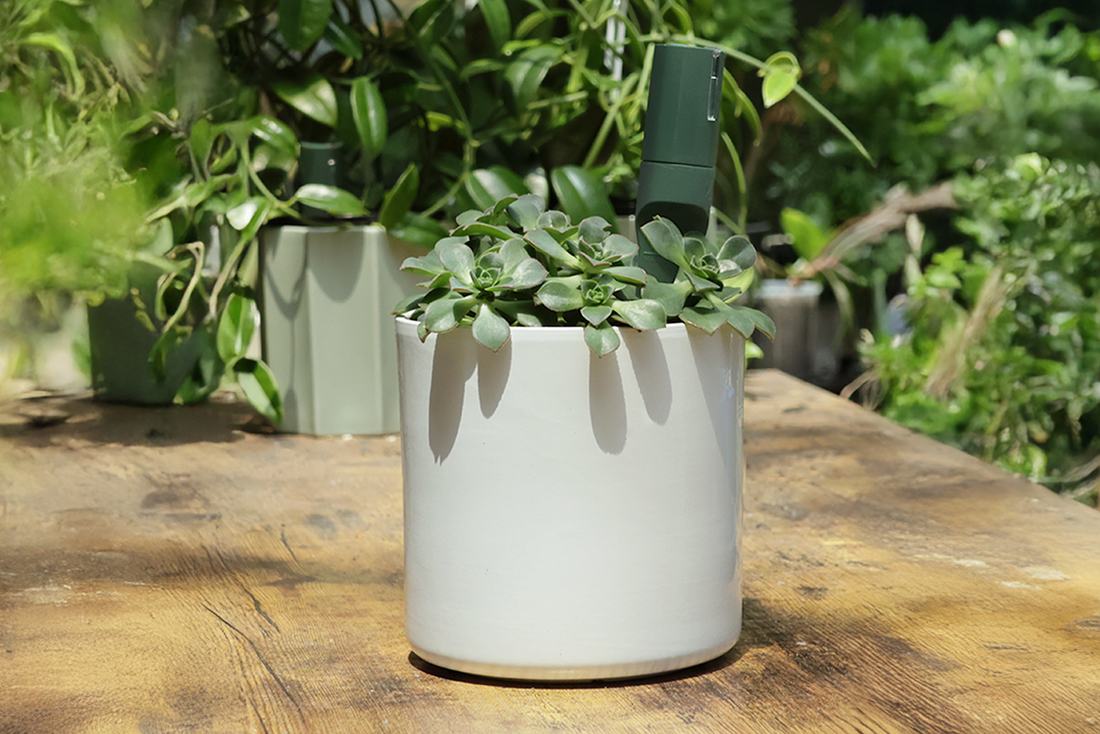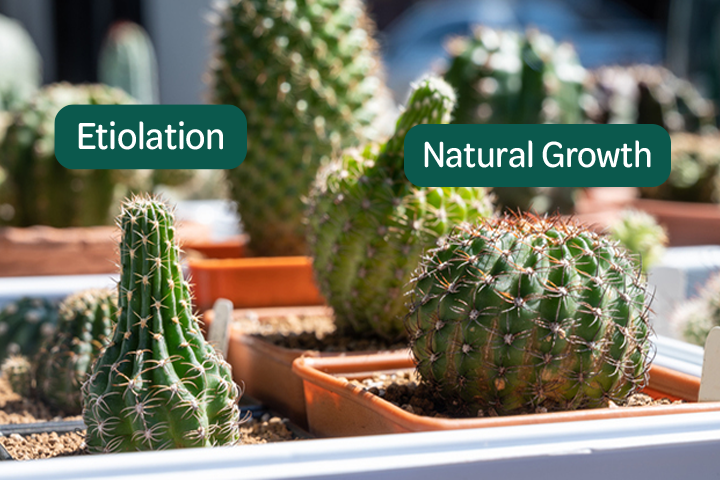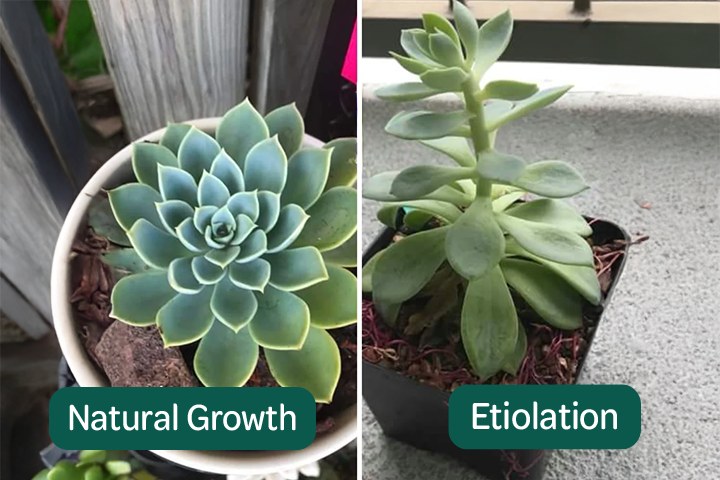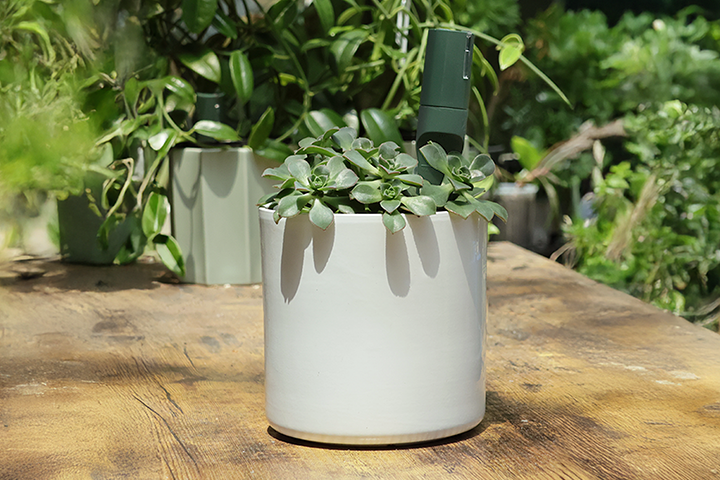
Stretchy Succulents: Why Your Cactus Looks Weird
If your cactus or succulent suddenly starts stretching like it’s reaching for the stars, you’re seeing etiolation in action — a fancy word for “not enough light.” It’s one of the most common issues indoor growers face, and while it looks a bit goofy, it’s also your plant’s way of crying out for help.
What Etiolation Actually Is
In simple terms, etiolation happens when your cactus or succulent isn’t getting enough sunlight. Instead of growing compact and symmetrical, it starts elongating — growing tall, pale, and thin as it searches for more light.
You’ll often see:
- Stretched or misshapen growth
- Pale or yellowish new growth
- Wide gaps between leaves or spines
- Leaning toward a window. This is the plant’s way of shouting “please move me!”

Why It Happens
Most cacti and succulents evolved in open, sunny environments and why you’ll often see them in the wild in deserts and rocky cliffs. Indoors, our lighting is a very pale imitation of that. Even bright windows can’t always deliver the intensity they’re used to.
Etiolation can sneak up slowly — a few extra millimetres here, a bit of leaning there — until suddenly your once-chunky cactus looks like it’s been propped up on stilts.
Common causes include:
- Growing too far from a bright window
- North-facing rooms in the Northern Hemisphere, south-facing rooms in the Southern Hemisphere, or constant cloudy weather in either hemisphere
- Overcrowding plants that shade each other
- Using grow lights that aren’t strong enough or positioned too far away
Can You Fix It?
Yes and no. Once a plant has stretched, that growth won’t shrink back, but you can stop it from getting worse and sometimes reshape it.
Here’s how to fix etiolation:
- Move your plant closer to the light. Place your cactus or succulent right near a bright south-facing or east-facing window if you live in the northern hemisphere, or north-facing if you are based in the southern hemisphere. They need several hours of direct sun each day.
- Rotate regularly. Turn your plant every few weeks so all sides get equal exposure. prevents leaning.
- Supplement sun with grow lights. If your home doesn’t get strong natural light, use a full-spectrum LED grow light. Position it about 20–30 cm above your plants and run it for 10–14 hours a day.
- Propagate the good bits. If the stretch is dramatic, cut off the healthy top, let it callus for a few days, and replant it. The base might even sprout fresh, compact pups.
- Be patient! New growth won’t instantly compact, but under strong light, future growth will come in tighter and healthier.

Prevention Is Everything
Avoid etiolation by matching your plant’s native habitat: bright, direct sunlight for several hours a day, warm temps, and coarse, fast-draining soil. Remember: sunlight is food for succulents. Without it, they’ll always go hunting for more.
Willow’s Tip
Use your Willow sensor to track light exposure (lux readings). If your cactus’s light levels stay low, move it to a brighter spot or invest in a grow light. Compact growth = happy cactus.





